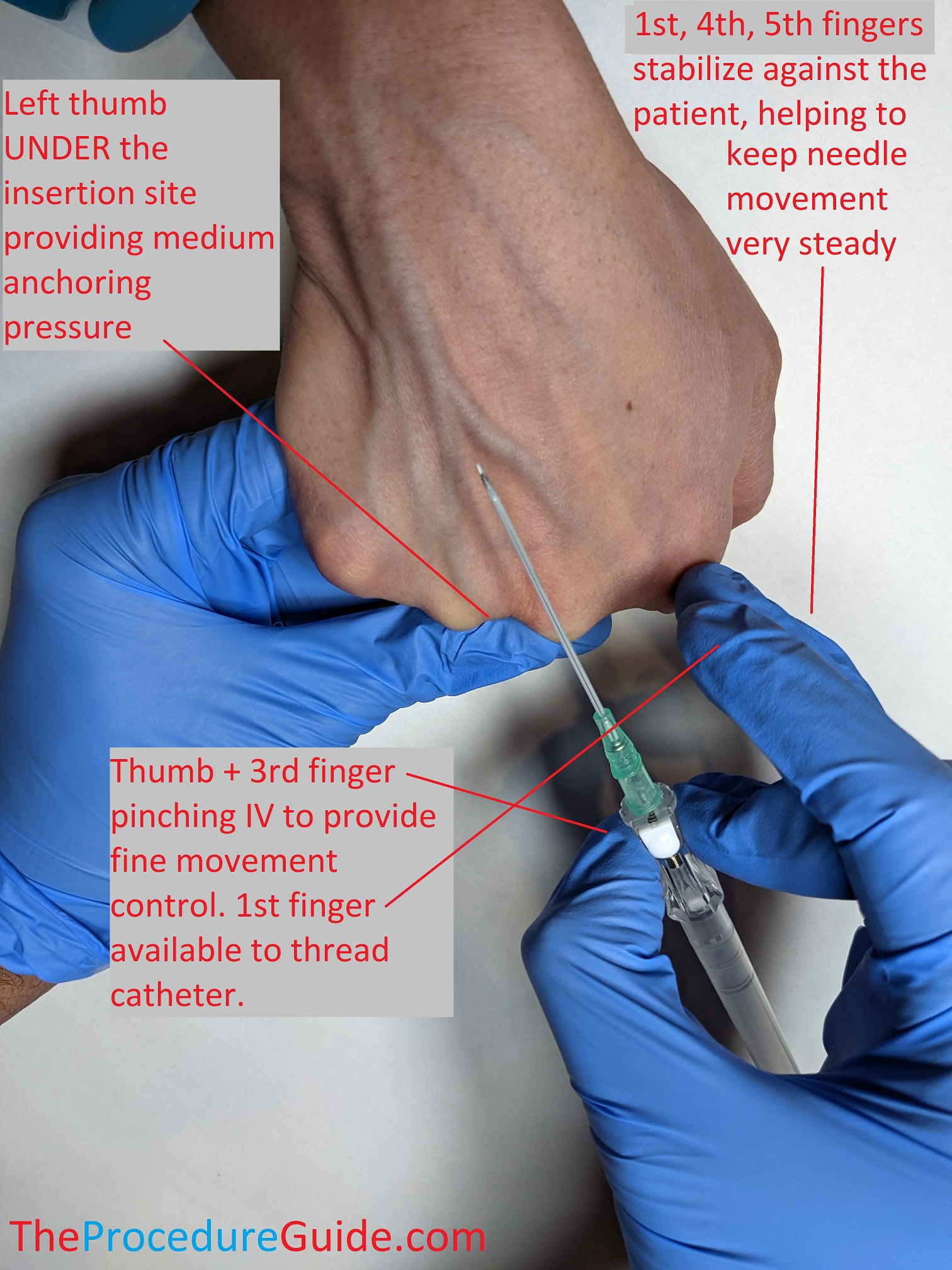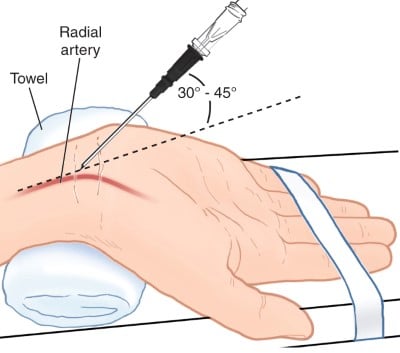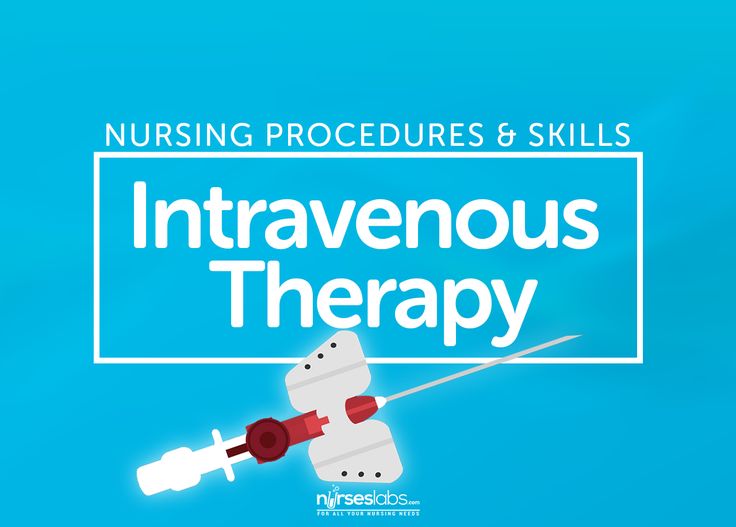starting an iv in an artery
Rotate IV catheter and reseat if recommended by manufacturer Prep any labeling. When you see the backflash of blood immediately lower your angle closer to the skin and advance one-eighth of an inch which will allow you to insert both the needle and the catheter into the vein.

10 Iv Insertion Tips For Nurses Medical Knowledge Nursing Student Tips Nurse Skills
If you give something intaarterially it has.

. Alternatively you can feel it yourself too. Ultrasound Guided Peripheral IV Start by looking for veins. The consequences can be devastating.
It wont have the pulsations of an artery and wont be hard or flex like a tendon. There are a few options for where to place a pediatric IV some better than others. This is the area on the inner fold of the arm.
Although the radial arterial system is fairly consistent in structure rare anomalies have been encountered. Drugs that enter the bloodstream do their job whether in a vein or artery. Because arteries are deeper than veins these events most likely happen when blindly digging for a vein or.
Avoiding Inadvertent Arterial Puncture. See if you can visualize any veins along the arm. Hold the skin over the vein taut so it wont roll and aim for a 15-degree insertion angle.
One of the most dreaded complications of this procedure is an inadvertent intra-arterial cannulation. If the therapy is simple IV antibiotics routine blood transfusions or a bolus of up to 2Lhour a 22 gauge will work just fine. First gather supplies and perform hand hygiene.
Clinical nursing skill techniqueStarting an IV intravenous catheter can be an intimidating experie. You will see pulsation in the connecting piece of tubing. Flush extension set with saline flush.
Next prepare the supplies. An 18 or 20 gauge will likely be adequate though larger IVs can be useful in emergency situations. In most cases when the IV is inserted correctly into a.
You probably did no injury but next time if you suspect you are in an artery you should pull it. How to start a peripheral IV in the dorsum of the hand. I prefer to start IVs in the AC.
Check that the IV is infusing into the vein by occluding the vein pressing down on it to block its flow distal to the site of the IV away from the torso. If you give something intaarterially it has. Normally when you give a medication your goal is to get it to go all over the body.
If you gave something via an artery that would be intraarterial. Normally when you give a medication your goal is to get it to go all over the body. Many infants have a.
This can result in an accidental injection of medications intra-arterially which can potentially lead to life altering consequences. Prime saline flush and remove air bubble. This is accomplished by putting it in a vein which takes the medicine to the heart which eventually pumps it all over the body.
Open in a separate window. Nurses may also start an IV in the veins on the forearm back of the arm or on the hand. 9999 of the time the answer is yes.
Steps on How to Insert an IV. A catheter is placed in a deep vein or artery in the babys arm or leg. Most cases of accidental arterial cannulation are often due to vascular anomalies that involve radial artery branches of forearm and hand.
Because arteries are deeper than veins these events most likely happen when blindly digging for a vein or. Obtaining an intravenous IV access is a simple procedure which can be done in almost any hospital setting. The brachial artery is located near the basilic vein and is one that is of importance since it is in an area that may be selected for venipuncture.
Actually IV stands for intravenous. I try to stress the importance of using the. This video is a teaching tutorial for nurs.
Where you start your IV will greatly depend on the patient as well as you personal preference. The most prominent veins will be the Cephalic vein Basilic vein Median cubital vein median antebrachial and brachial vein. Uh it sounds like the odds were 100 that you were in an artery.
This is accomplished by putting it in a vein which takes the medicine to the heart which eventually pumps it all over the body. Nurse2033 MSN RN. 9999 of the time the answer is yes.
If you need large amounts of fluid or rapid transfusions a larger bore IV will be necessary. Start by holding distal pressure with your finger below where youre going to place the IV and then with the other hand use another finger to press and push the blood proximal to the patient from where you are still holding distal pressure. May 18 2011.
Then youve probably hit an artery. Learn how to find a vein using a tourniquet when drawing blood or starting an IV in the arm antecubital AC area. Sometimes doctors decide to place an IV line in the internal jugular IJ vein which runs inside the neckright next to the carotid artery.
Especially when they decide not to use ultrasound guidance medical providers sometimes miss the IJ and insert the IV into the carotid artery. This is my favorite spot. Also if you flush an arterial IV you will likely cause an arteriospasm resulting in immediate blanching along the path of the artery and possible pain reported by the patient.
Open the IV roller clamp and look for drips forming in the drip chamber. If you gave something via an artery that would be intraarterial. Start by holding distal pressure with your finger below where youre going to place the IV and then with the other hand use another finger to press and push the blood proximal to the patient from where you are still holding distal pressure.
Start by holding distal pressure with your finger below where youre going to place the IV and then with the other hand use another finger to press and push the blood proximal to the patient from where you are still holding distal pressure. Check the flow of fluid into the IV. Ive done it once in a newborn and it was very obvious.
Actually IV stands for intravenous. Though it is rare to puncture an artery in an attempt to cannulate a vein it does happen. Failure to compress and hold still to see if there is a pulse which would identify an artery instead of a.
Unintentional arterial cannulation mistaken for cephalic vein. Flush extension set with saline flush. When flushing the IV just place your index and middle finger 2-4 cm proximal of the cannula on the patients skin.

Pin On Starting A Career In Phlebotomy

Download Scientific Diagram The Superficial Veins Of The Forearm And The Hand With Nursing School Survival Medical School Essentials Medical School Studying

When Things Go Wrong With Iv Nursing Information Icu Nursing Nursing Study

Good Diagram Of The Locations Of The Hand And Arm Veins Good Reference Tool Arm Veins Iv Insertion Hand Veins

How To Start An Iv Side View Video Nursing Students Medical School Inspiration Medical School Essentials

Veins Changed Answer On Exam And Passed Thank Goodness I Trusted My Instinct Nurse Phlebotomy Nursing Tips

35 Iv Therapy Tips Tricks For Nurses Nursebuff Nurse Iv Therapy Nursing Tips

Ultrasound Iv Insertion Video Nursing Students Medical School Essentials Nursing School Humor

Image Result For Vein Choices For Iv Iv Insertion Nursing Notes Nursing Mnemonics

Starting A 20g Antecubital Cephalic Vein Iv Youtube Veins Midwifery Catheter

Peripheral Intravenous Access Iv Technique And Overview The Procedure Guide

Arterial Line Placement Background Indications Contraindications

How To Set Up An Arterial Line Youtube

Pin By Agiac On Nurse Life Nursing School Survival Nursing School Studying Nursing School Tips

Arterial Line Placement Basics For Medical Students Emra

How To Start Ivs Like A Boss Advanced Iv Tips Tricks Nursejanx Education Nursejanx Nurse Skills Emergency Nursing Nursing School Survival

Intravenous Iv Therapy Technique Iv Therapy Nursing Procedures Fundamentals Of Nursing

